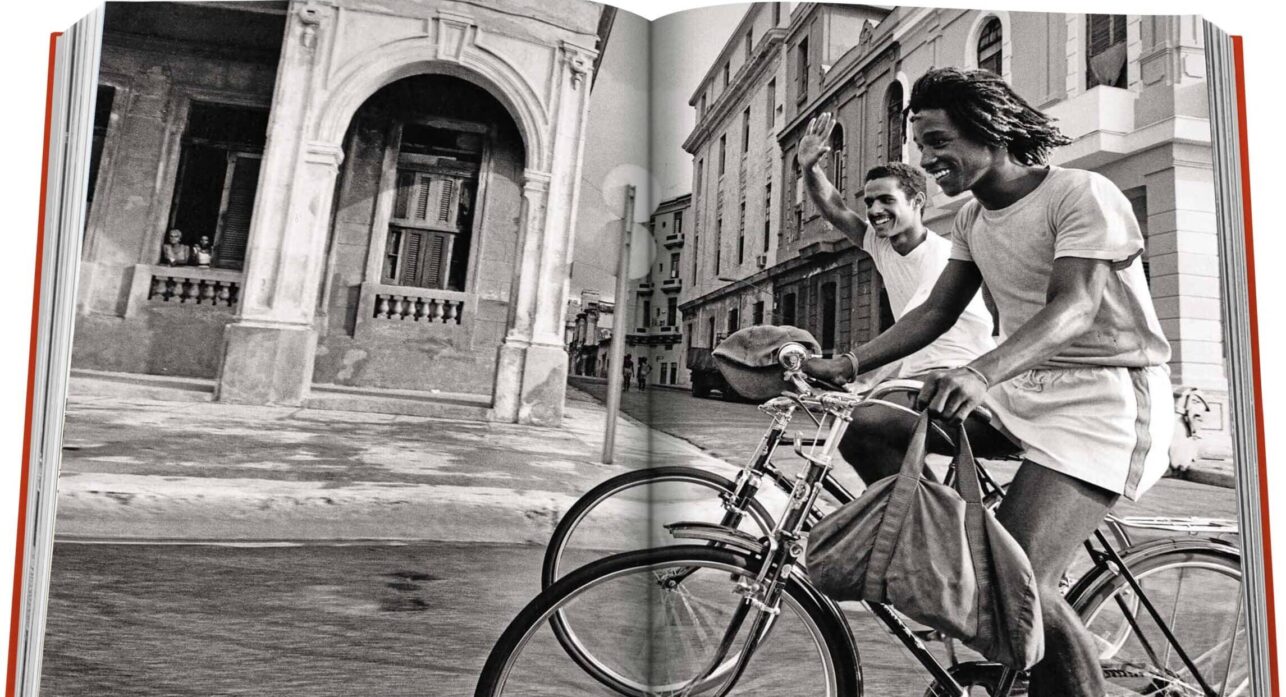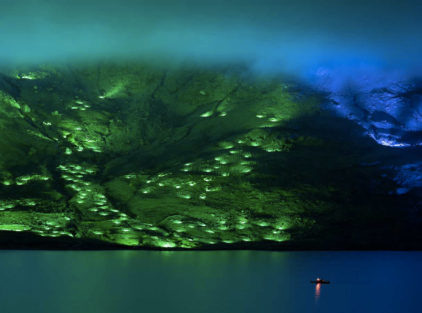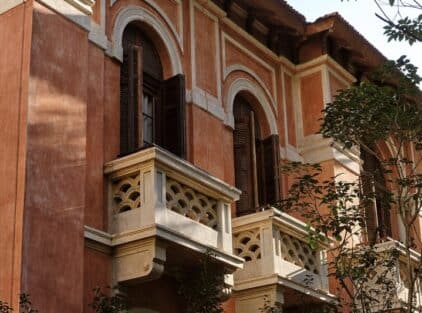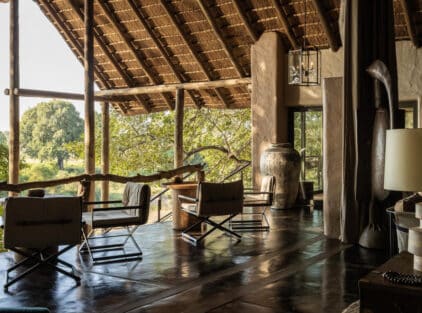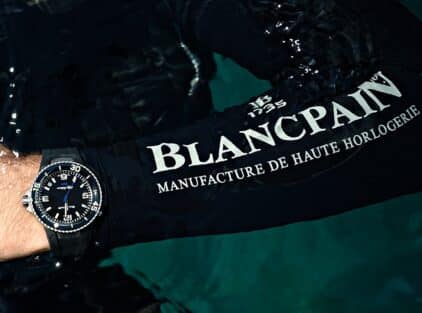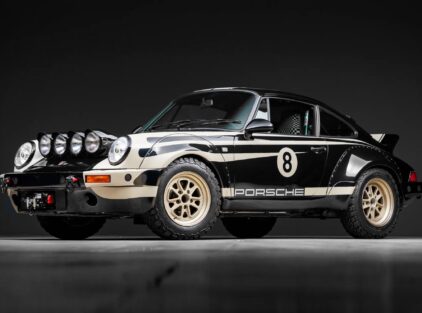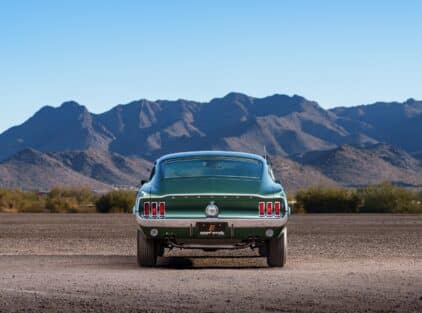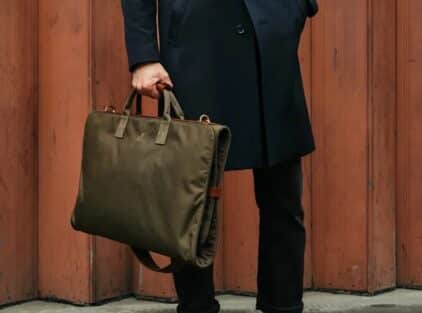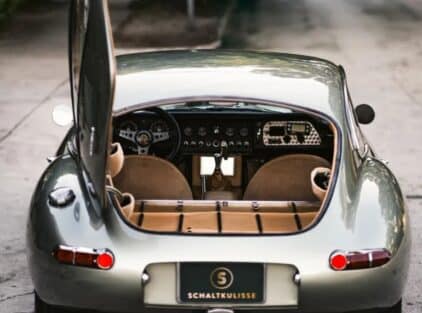A city with strong contrasts and a long history: from Spanish colonialism, the rule of the mafia in the 1930s to the reign of Fidel Castro’s guerrillas. The half-vacant facades of the buildings with their pastel colours, the parked vintage cars that give us a taste of the glamour of the past and the lively traditional music that resonates in the streets and alleys, testify to a city with an inexhaustible energy in the atmosphere. Welcome to Havana, the capital of Cuba. A city of contrasts due to its intense historicity: from Spanish colonialism, mafia rule in the 1930s, the transitional 1950s, Fidel Castro’s communist revolution and the recent attempt at cultural renaissance. Inside, the eclectic mix of African, French, Spanish and North American influences, combined with the different architectural styles from the 16th century to the present day, give this epic city a legendary place on the same pedestal as the world’s famous cities. Although many of the buildings are in poor condition, the beauty of baroque, neoclassical and art deco is there.
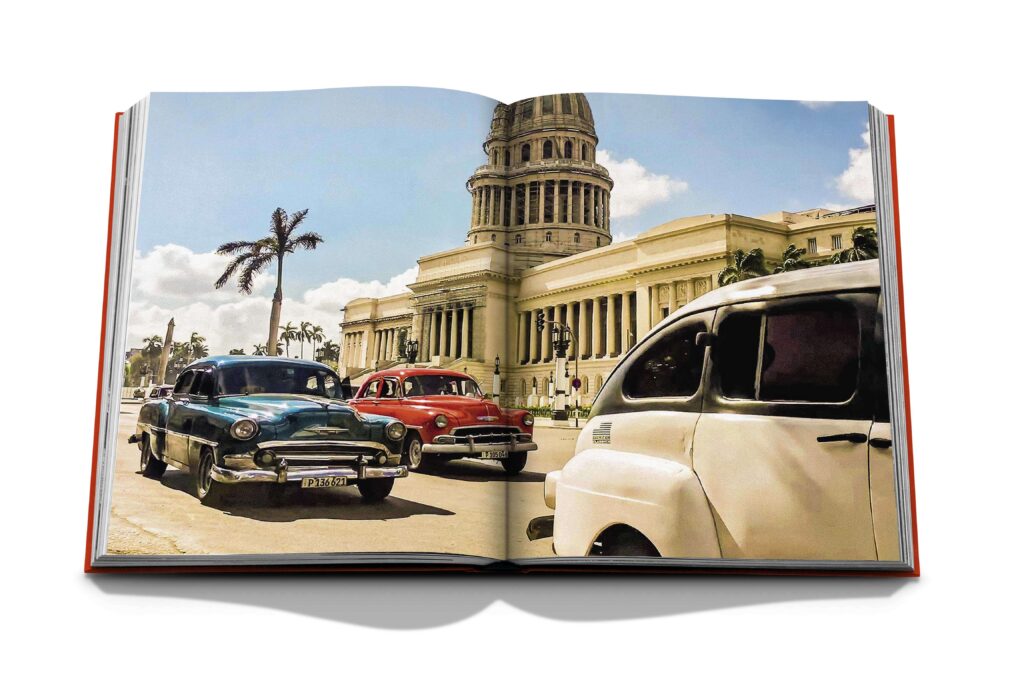
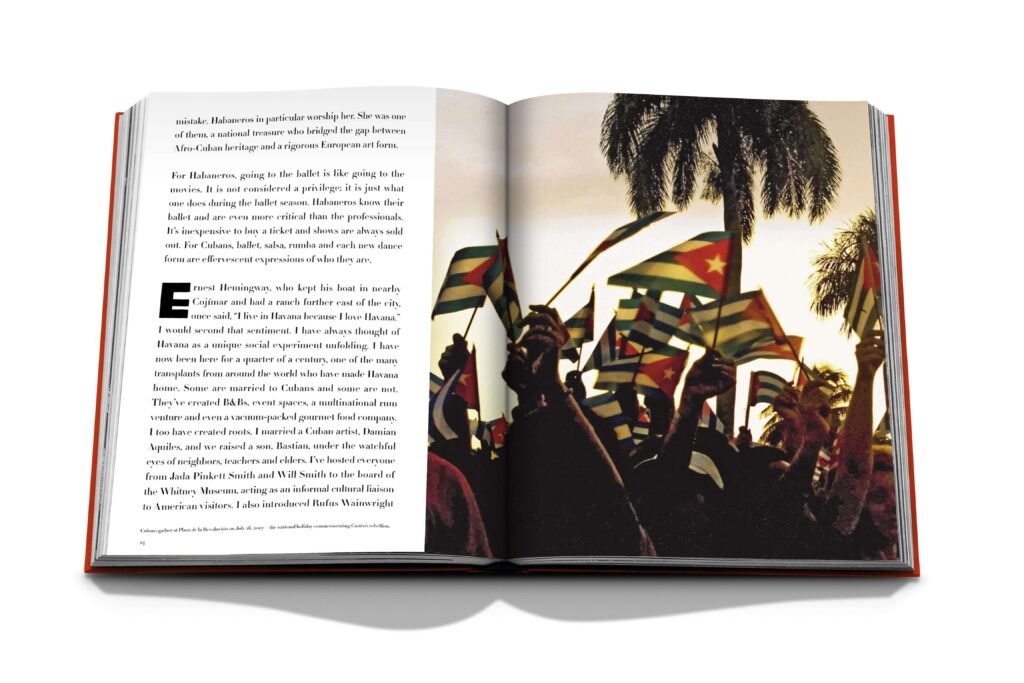
The iconic Copa Room cabaret that hosted Ginger Rogers and other great artists still stands imposing. The Gran Teatro de la Habana, built in the early twentieth century, is now home to the Cuban National Ballet. Habana Vieja (Old Havana) is now in the process of being restored to its former glory. Havana could be likened to a work of art in progress, but it is more a testament to the endless determination of the locals to improve and progress, which may be the charm that attracts so many visitors. So sit back and take a look back at the evolution of Havana through the pages of the luxurious volume “Havana Blues”, from Assouline Publishing.
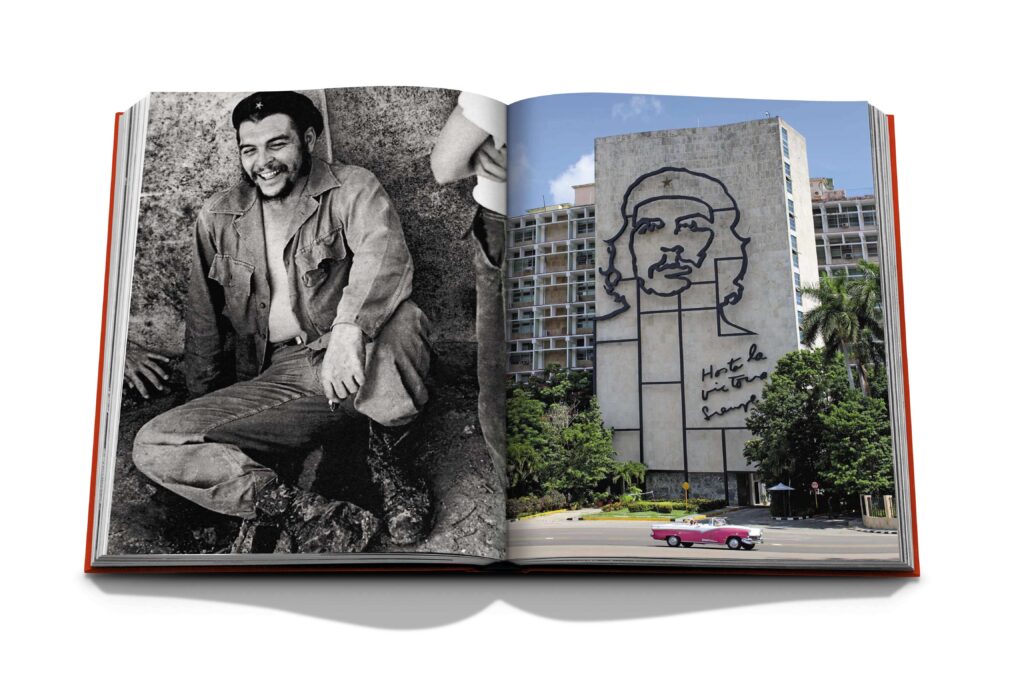
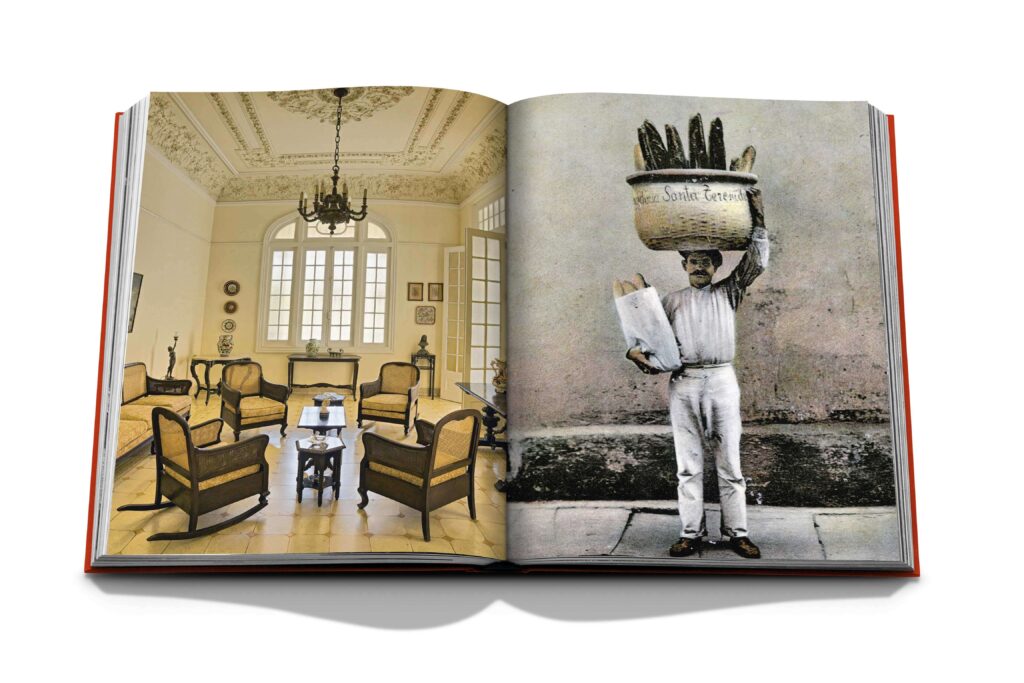
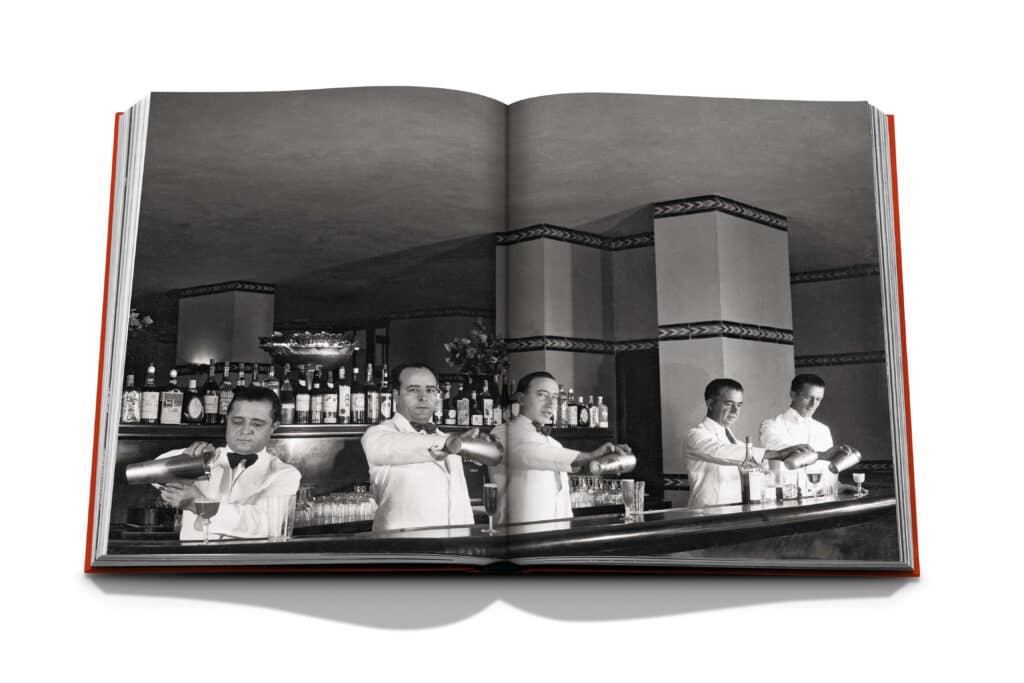
Photos Courtesy of Assouline
